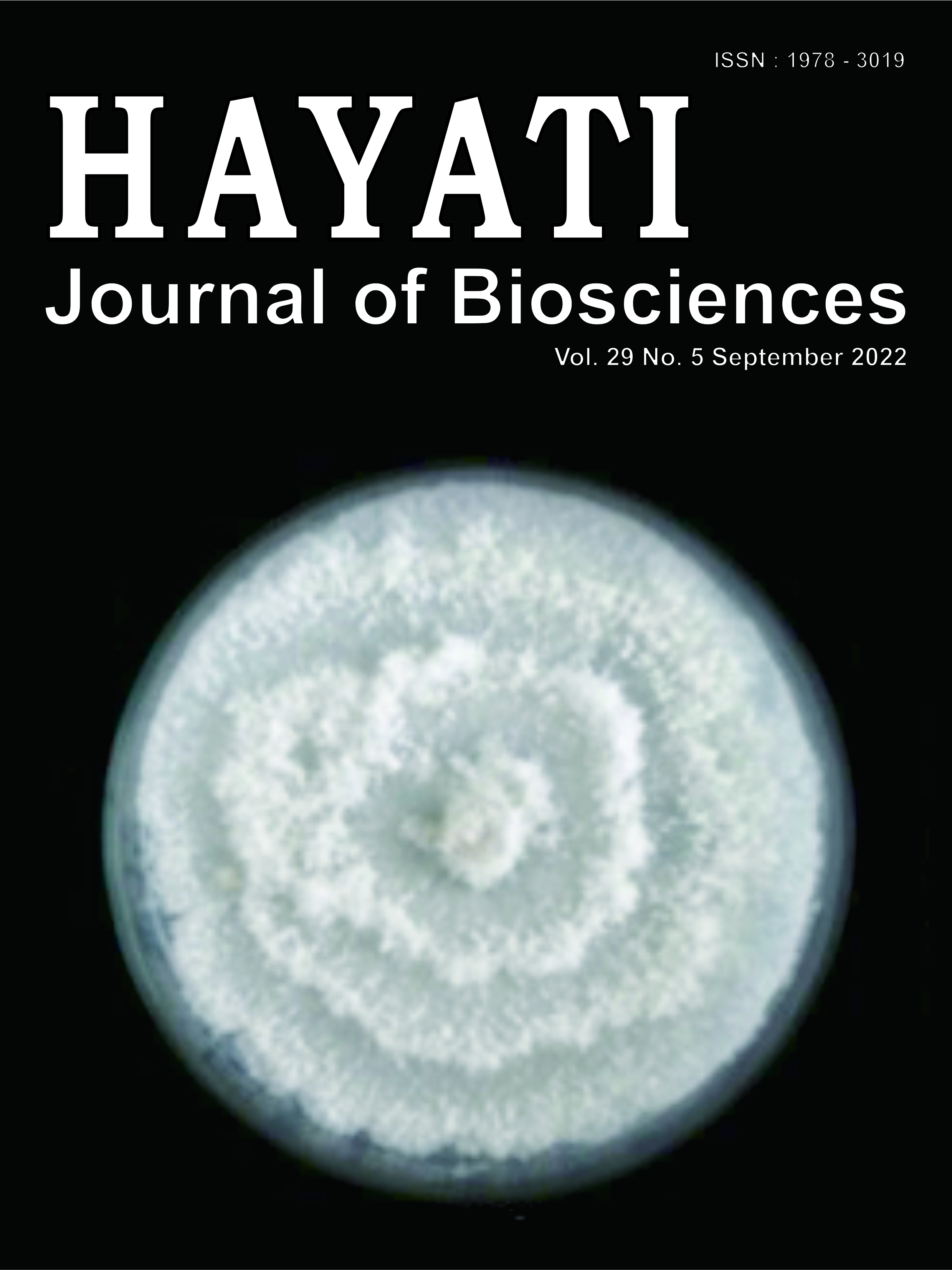Effect of Chronic Toxicity Studies of Sappan Wood Extract on The Kupffer Cells Number in Rats (Rattus novergicus)
Abstract
Sappan wood (Caesalpinia sappan L.) is a plant used by the community to mix drinking. The antioxidant index of Sappan wood extract has a higher value than commercial antioxidants to counteract oxidative free radicals and improve the body's defense system. The use of Sappan wood drinking in society is often used in daily so it is necessary to do a chronic toxicity test to observe the response to prolonged use of the system in the body. Kupffer cells are an important part of the innate immune system, acting as “scavengers” and phagocytes. A study that aims to see the chronic toxicity studies of the ethanolic extract of Sappan wood on the number of Kuffer cells in the liver has been carried out on 60 Wistar rats divided into 12 groups. The group was the negative control group, doses 100 mg/kgBW, 200 mg/kgBW, 300 mg/kgBW, 400 mg/kgBW and 500 mg/kgBW of extract Sappan wood which were divided into male and female groups. Each group was given ethanol extract of Sappan wood for one year orally. The results showed a significant increase in Kupffer cells in the female group at a dose of 100 mg/kgBW and the male group at 200 mg/kgBW with significant values, respectively, p<0.001 p = 0.004.
Downloads
Copyright (c) 2022 Erick Khristian, Ratu Safitri, Mohammad Ghozali, Muhammad Hasan Bashari

This work is licensed under a Creative Commons Attribution-NonCommercial 4.0 International License.
HAYATI J Biosci is an open access journal and the article's license is CC-BY-NC. This license lets others distribute, remix, tweak, and build upon author's work, as long as they credit the original creation. Authors retain copyright and grant the journal/publisher non exclusive publishing rights with the work simultaneously licensed under a https://creativecommons.org/


















.png) IPB University
IPB University Department of Biology
Department of Biology The Indonesian Biological Society
The Indonesian Biological Society 

